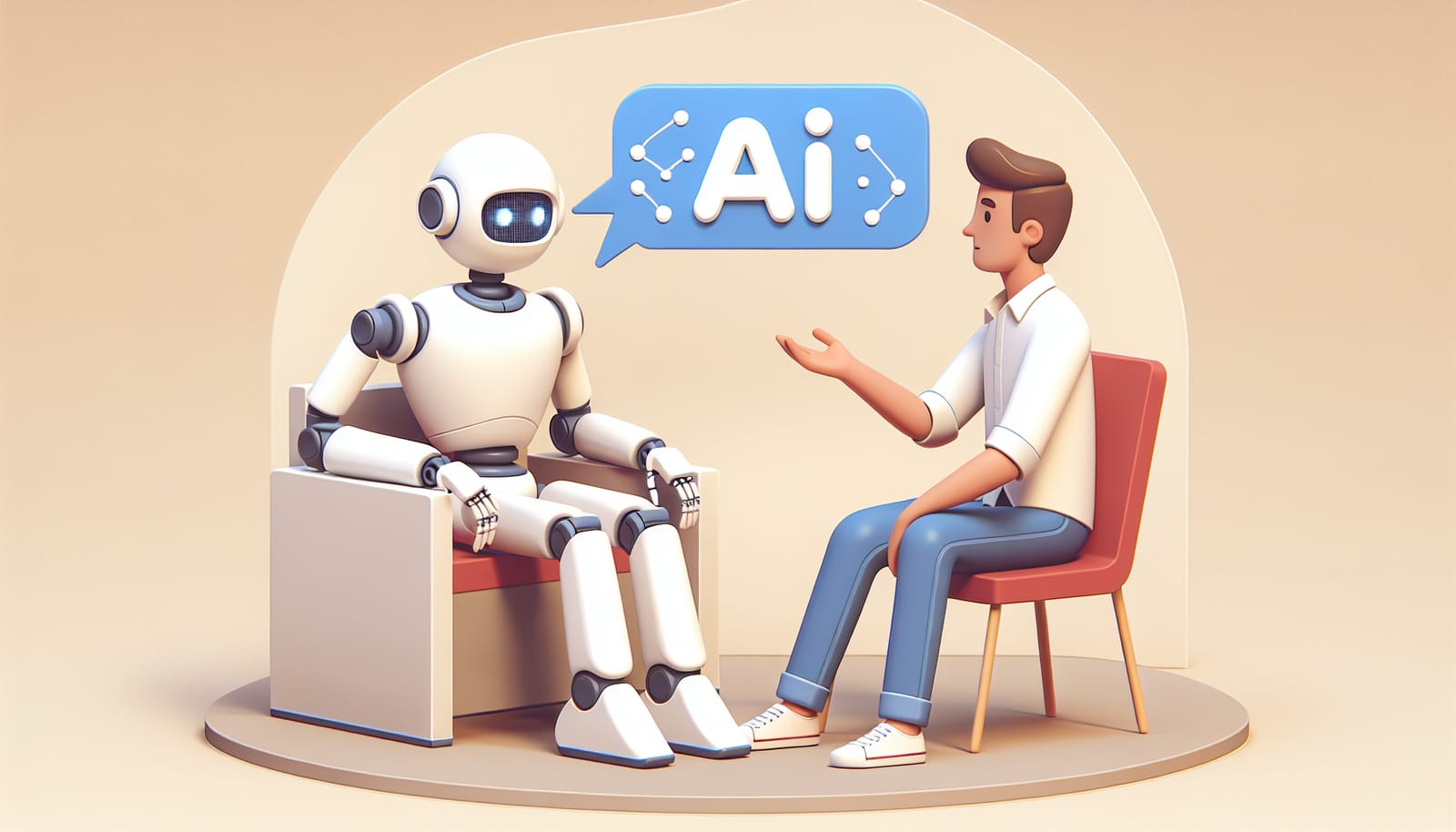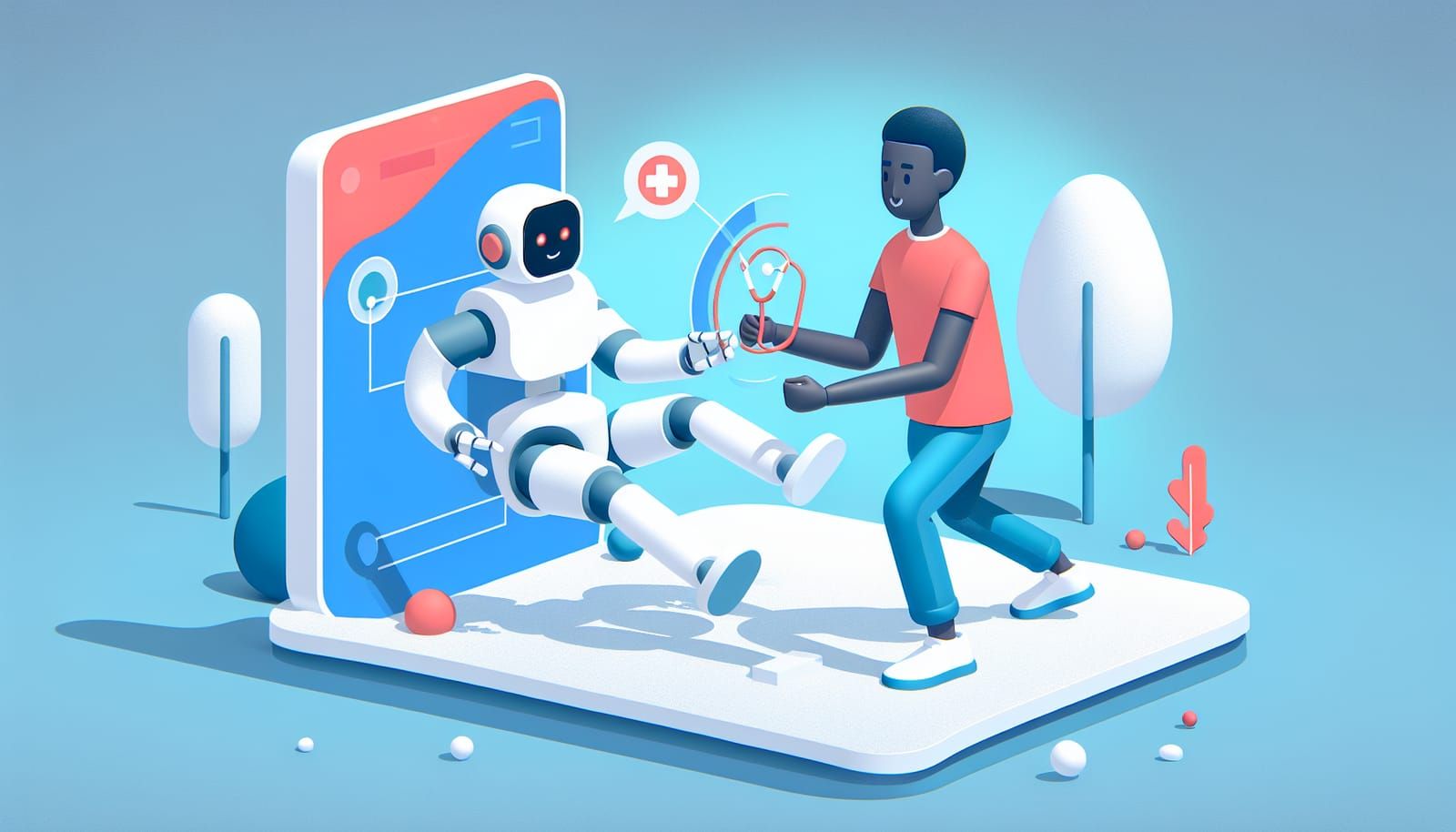In a world where technology seems to advance every day, artificial intelligence (AI) is making remarkable strides in helping protect our furry, feathered, and finned friends. From monitoring endangered species to analyzing habitats, AI is proving to be a powerful ally in conservation efforts. But how exactly does AI help animals, and what does this mean for our planet? Let’s dive into the fascinating world of AI in conservation!
The Basics of AI in Conservation
Before we explore how AI is making a difference for animals, let’s first understand what AI is. At its core, AI is a branch of computer science that focuses on creating systems capable of performing tasks that usually require human intelligence. This includes learning from data, recognizing patterns, and making decisions.
In the context of conservation, AI can analyze vast amounts of data quickly and efficiently, which is essential when tracking animal populations, monitoring habitats, or predicting environmental changes. By harnessing the power of AI, scientists and conservationists can make better decisions to protect wildlife and their environments.
Monitoring Endangered Species
One of the most significant uses of AI in conservation is monitoring endangered species. Many animals, such as the Amur leopard or the Sumatran orangutan, are at risk of extinction due to habitat loss, poaching, and climate change. AI helps researchers track these animals more effectively.
For instance, researchers can use AI-powered cameras equipped with computer vision technology. These cameras capture images of wildlife in their natural habitats. AI algorithms then analyze these images to identify the species present, count their numbers, and even recognize individual animals through unique markings. This data is crucial for understanding population trends and making informed decisions about conservation strategies.
Predicting Animal Behavior
Understanding animal behavior is vital for conservation. AI can analyze data from various sources, such as GPS collars, to predict animal movements and behaviors. For example, researchers studying elephants can use AI to identify patterns in their migrations. This information can help establish protected corridors to ensure these majestic creatures can move freely between habitats without human interference.
Furthermore, AI can help detect changes in behavior that might indicate distress, such as increased movement due to poaching threats or environmental changes. By acting quickly based on AI predictions, conservationists can take proactive measures to protect vulnerable species.
Habitat Protection and Restoration
Habitat loss is one of the leading causes of species decline. AI is playing a crucial role in identifying and protecting critical habitats. By analyzing satellite imagery and geographical data, AI can help conservationists pinpoint areas that are vital for wildlife but may be under threat from human activities like agriculture or urban development.
Additionally, AI can assist in habitat restoration efforts. For instance, AI models can analyze soil health, water availability, and plant diversity to determine the best strategies for reforestation. This ensures that restoration projects are not only effective but also sustainable in the long run.
Combating Poaching
One of the most pressing threats to wildlife is poaching. Unfortunately, many species fall victim to illegal hunting for their skins, horns, or bones. AI is being used in innovative ways to combat this issue.
For instance, conservationists are deploying AI-powered drones to patrol large areas of land, particularly in regions where poaching is prevalent. These drones can capture real-time images and videos, which AI algorithms analyze to identify potential poaching activities. By quickly alerting rangers to suspicious movements, AI helps protect endangered animals from poachers.
In addition to drones, AI can analyze data from social media and online marketplaces to detect illegal wildlife trade. By identifying patterns and connections, AI helps authorities take action against those involved in this illicit activity.
Engaging the Public
AI isn’t just helping scientists and conservationists; it’s also engaging the public in wildlife protection efforts. Numerous AI-powered applications allow people to contribute to conservation from the comfort of their homes. For example, citizen science projects invite volunteers to classify images of wildlife captured by cameras in national parks. By using AI to streamline this process, researchers can harness the power of community involvement.
Moreover, virtual reality (VR) experiences powered by AI can immerse users in wildlife habitats, helping them understand the importance of conservation. This engagement raises awareness and fosters a sense of responsibility towards protecting the planet’s biodiversity.
The Future of AI in Conservation
As technology continues to evolve, the potential for AI in conservation is limitless. Future advancements may include more sophisticated AI models that can predict environmental changes, track climate impacts on wildlife, and develop personalized conservation strategies for specific species.
Furthermore, the integration of AI with other technologies, such as the Internet of Things (IoT), could provide even more powerful tools for conservationists. IoT devices can collect real-time data from various sources, and when combined with AI, they can create an intricate web of information that enhances our understanding of ecosystems.
AI is proving to be a game-changer in the field of wildlife conservation. By leveraging technology, researchers and conservationists can gather data, analyze patterns, and make informed decisions that protect endangered species and preserve their habitats.
From monitoring animal populations to combating poaching, AI is helping create a better future for our planet's wildlife. As we continue to innovate and collaborate, there’s hope that we can secure a thriving environment for all living creatures.
So, the next time you hear about AI, remember that it’s not just about robots or self-driving cars—it's also about saving our planet’s precious animals. Together, through conservation efforts powered by AI, we can ensure that future generations will continue to enjoy the wonders of nature.


